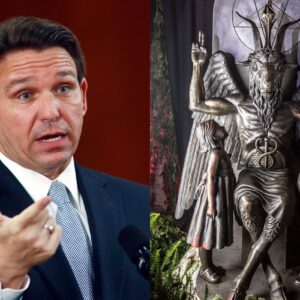The federal budget deficit is not that bad, say the people who have only a half-full glass.
To experts, though, the projected $2.3 trillion shortfall in this fiscal year is more than at any time in the U.S. before the global pandemic.
In 2020, which was a very bad year in many respects, the deficit was $3.13 trillion: a record.
But the 2021 fiscal year doesn’t yet include President Joe Biden’s proposed $1.9 trillion stimulus plan – so an all-time deficit is still in the cards.
The Congressional Budget Office reported the findings on Thursday, which are reported to be No. 2 in U.S. history right now – in dollars and as a proportion of the $20.9 trillion U.S. economy.
The current-year deficit is expected to be 10.3% of GDP; it was 14.9% in 2020. The CBO had obvious causes for the expanding numbers the past two years.
Compounding the issue: Congress has acted twice to help fight the COVID-19 crisis, green-lighting the $2.2 trillion CARES Act in March and then another $900 billion in funding during December.
The optimism: The CBO also said things could have been worse but for the relatively quick economic recovery path.
A budget watchdog group urged officials to consider the long-range implications.
“While policymakers are rightly focused on the fiscal response to the current crisis, they must turn their attention to long-term debt and deficit reduction to get the country on solid fiscal ground once the crisis ends,” the Committee for a Responsible Federal Budget said in a blog post.
Even without added spending, annual deficits are expected to average $1.2 trillion from 2022-31, topping their 50-year average of 3.3% of GDP in every year. The CBO, however, said those would be smaller than earlier thought, also due to projections of a strengthening economy.


















Add comment